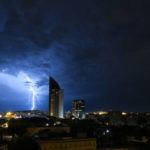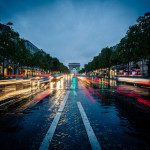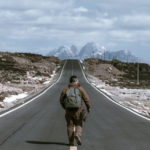So many photos of a total eclipse just have the moon as a silhouette, but in this amazing image by photographer Navid Baraty you can actually see details on the surface of the moon:
This is not a single image, but a composite of 12 images. Baraty took the images in Madras, Oregon at the moment of totality during the August 21, 2017 solar eclipse. His exposures ranged from 1/2000 of a second up to 2 seconds, and it is with the 2 second exposure that you can see the details on the moon.
This phenomena is called ‘earthshine’, and it’s due to sunlight being reflected on to the moon’s surface from the earth. This can’t be seen by the naked eye during totality because of the brightness of the corona, but it can be seen on long exposures.
Baraty took the images with a Nikon D800 and a Sigma 150-600mm lens.
This image really stands out from the crowd of eclipse photos!
Like This Article?
Don't Miss The Next One!
Join over 100,000 photographers of all experience levels who receive our free photography tips and articles to stay current:







I have a question.
Why is the image of the moon an ellipse? It should be a circle. I have seen the same distortion in photos of star trails.